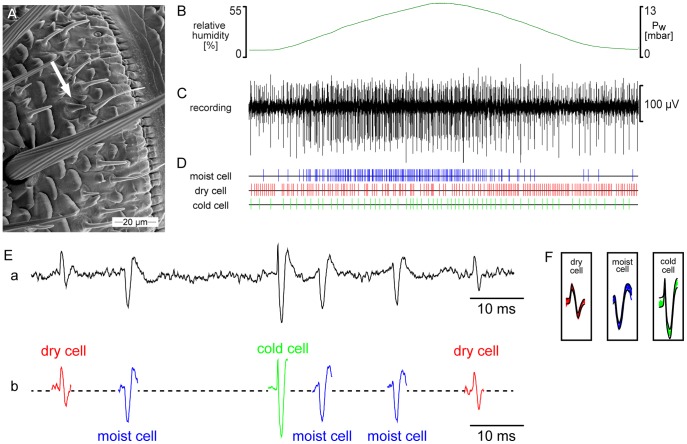Figure 4. Simultaneously recorded activity of a moist cell, a dry cell and a cold cell.
A. Scanning electron micrograph of the distal margin of a ring-shaped segment from the middle antennal region of the male cockroach showing location and external features of the hygro-thermoreceptive sensillum (arrow). B. Time course of humidity; oscillation in the relative humidity produced by oscillating changes in vapor pressure at 20.2°C. C. Action potentials recorded by inserting an electrode into the sensillum base. D. Responses of the moist cell, the dry cell and the cold cell classified off-line by the spike detecting and template matching systems of the Spike2 software (Cambridge Electronic Design, UK) and represented as raster plots. Ea. Detail of the recording in C showing action potentials of the 3 cells; b. Classified action potentials, obtained by matching the shape of each action potential against shape templates. The medium-sized impulses are produced by the moist cell, the small impulse amplitudes by the dry cell and the large impulses by the cold cell. F. Template windows showing the template boundaries of the spike waveforms from the 3 cells. Pw water vapor pressure, rH relative humidity.

